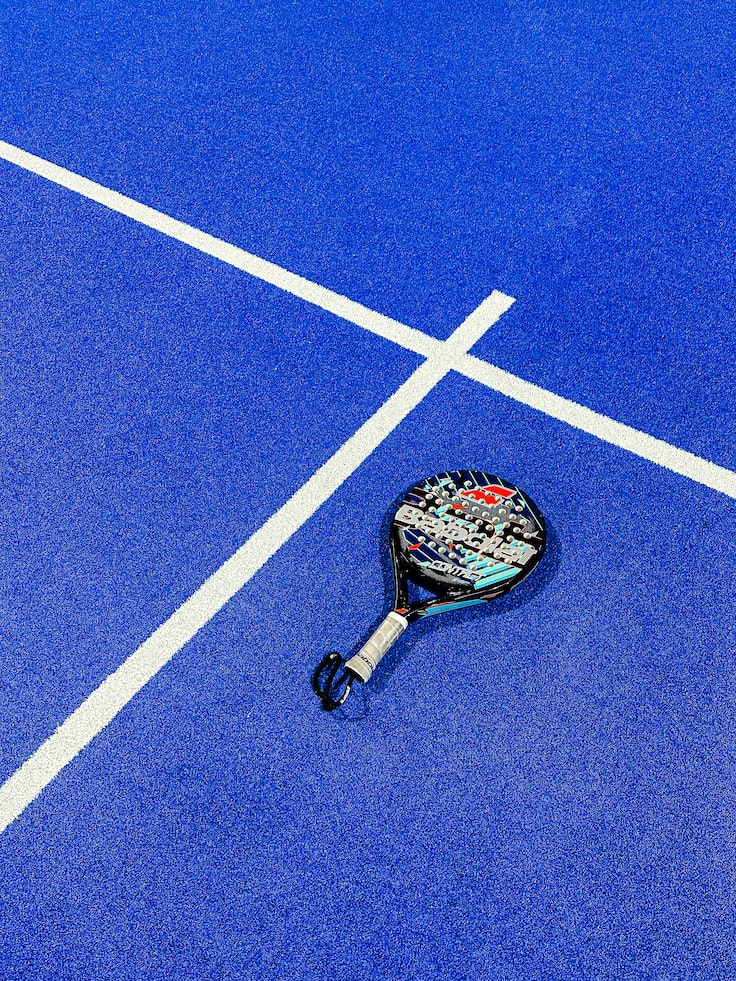Beginner’s Guide to Padel: Understanding the Basics
3 min read
Beginner’s Guide to Padel: Understanding the Basics
Padel may be a new term for some people, but it has been gaining popularity around the world lately. This exciting sport offers players of all skill levels an opportunity to enjoy a fun and social activity that can be played indoors or outdoors. If you’re curious about padel, you’ve come to the right place! In this beginner’s guide to padel, we’ll go over the basics you need to know.
What is Padel?
Padel is a racquet sport that combines elements of tennis and squash. It is played on a court that is smaller than a tennis court and is enclosed by walls, which players can use to bounce the ball off. The game is played in doubles, with each team trying to hit the ball back and forth over a net with the aim of making it difficult for the other team to return the ball.
Equipment
One of the great things about padel is that you don’t need a lot of equipment to get started. The first thing you’ll need is a padel racquet, which is similar to a tennis racquet but has a shorter handle and a wider head. The ball used in padel is also similar to a tennis ball, but it is slightly smaller and less pressurised.
The Rules
Now that you have your equipment, it’s time to learn the rules of padel. The game starts with the serving team hitting the ball underhand to the opposing team. The ball must land in the opposing team’s court diagonally across the net. The opposing team then has three hits to return the ball back to the serving team’s court.
The ball can be played off the walls and ceiling, but it must bounce on the ground before it can be hit again. Points are scored when the opposing team fails to return the ball over the net or hits the ball out of bounds. The first team to reach six games wins the set, and the first team to win two sets wins the match.
Basic Strategies
One of the most important strategies in padel is to stay in the middle of the court. This allows you to quickly move to either side to return the ball. It’s also important to communicate with your partner and establish who will hit the ball in certain situations.
Another important strategy is to be aware of your opponent’s weaknesses and to target those areas. For example, if your opponent is weaker on their backhand, you can focus your shots to that side of the court.
Conclusion
Padel is a fun and exciting sport that is easy to learn and can be played by players of all ages and skill levels. By following these basic guidelines, you can quickly pick up the game and start enjoying all of the benefits that padel has to offer. Whether you’re playing for fitness or just for fun, padel is an excellent way to stay active and meet new people. So grab your racquet and give it a try – you won’t be disappointed!






